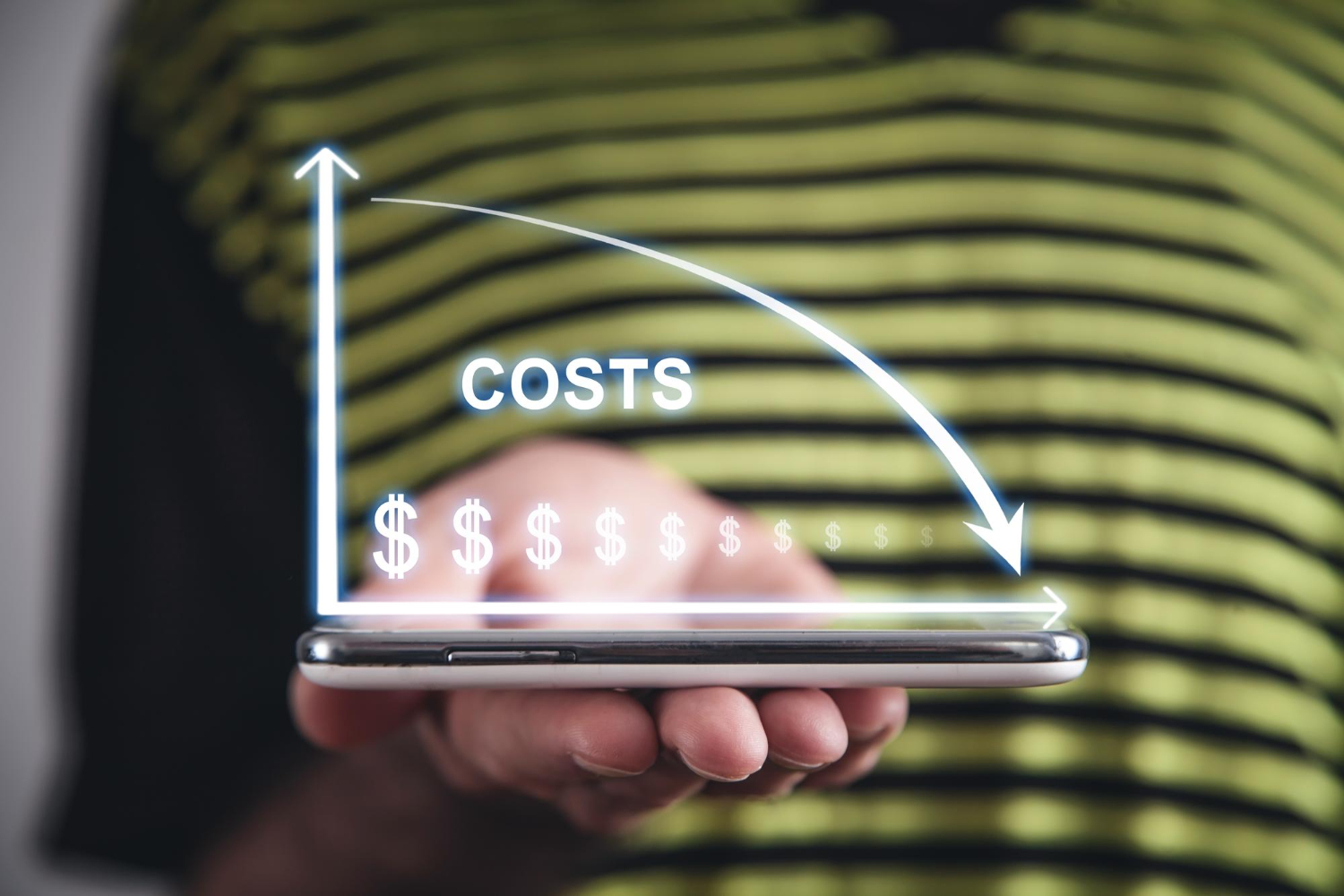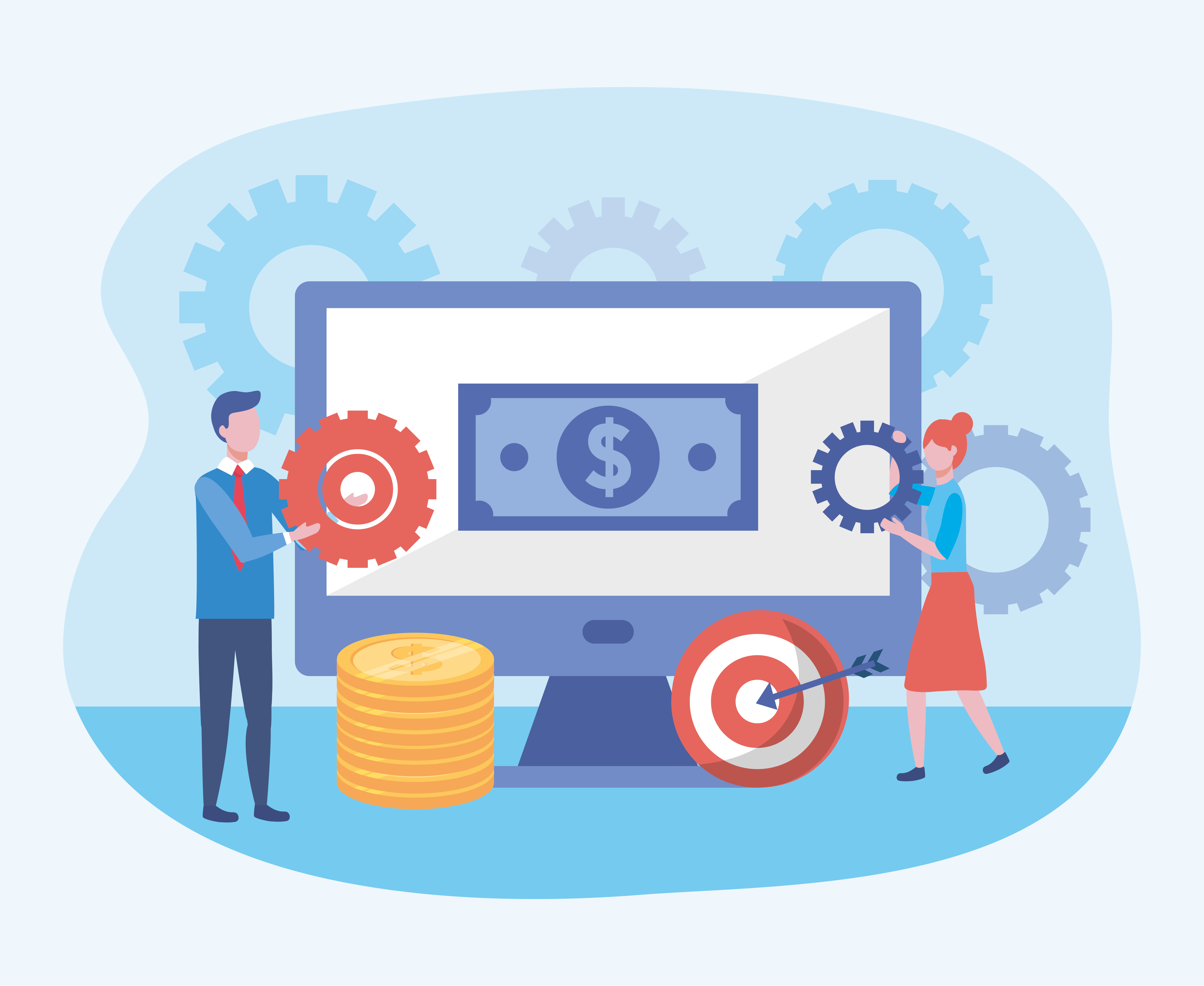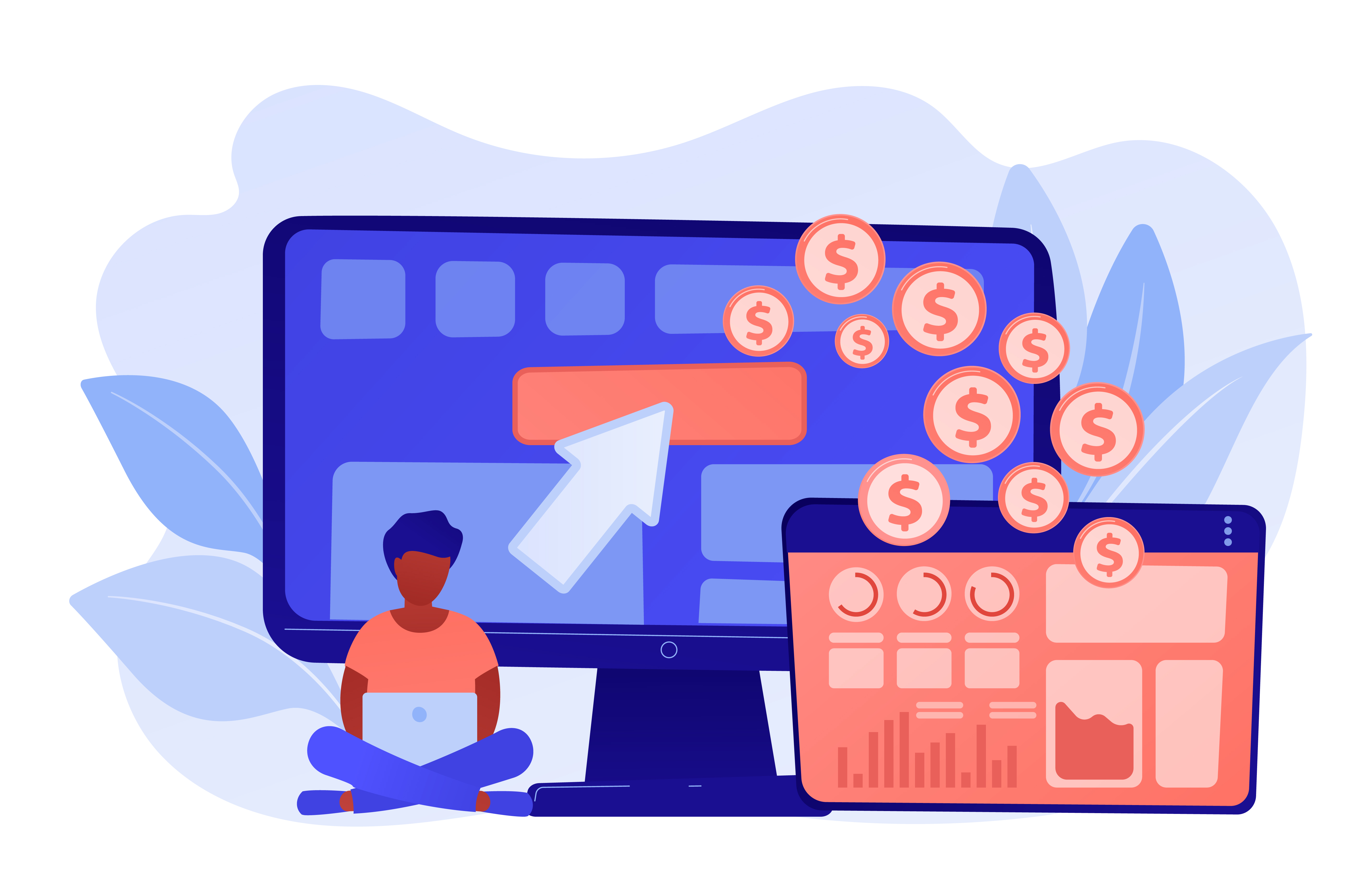Planning your budget before starting MVP development is not just smart, it’s necessary. If you don’t know how much your idea might cost, it’s easy to run out of money halfway. That means delays, frustration, or even quitting the project. Good MVP Budgeting helps you stay on track and make better choices.
You can pick what’s really needed and skip what can wait. Many founders who ask about MVP cost are surprised by how prices vary. That’s why understanding MVP development for startups from a budget point of view helps you avoid surprises. In short, a clear plan helps you build your MVP step by step, without burning your whole budget too soon.

MVP Development Budgeting
Before building anything, the big question is, how much does MVP cost? The answer depends on many things. What features do you need? How complex is the app? Who builds it: a freelancer, an agency, or an in-house team?
A small MVP can start from $10,000. A more detailed one may go beyond $50,000. Some even reach $150,000 if it’s more advanced or built in a high-cost country. To make it clear, let’s break MVP costs into parts so you can plan better.
Product Discovery: $2,000 to $10,000
Before building the MVP, there’s the thinking phase. This is where you study your users, outline the features, and set the goals. Some call it research, others call it planning, but it’s all about understanding what to build.
This step includes:
- Market research
- User flow planning
- Wireframes or rough sketches
- Project scope and timeline
Skipping this step can lead to wrong assumptions. For a basic plan, you might spend around $2,000. For more detailed help, agencies charge up to $10,000.
Design: $3,000 to $15,000
The design part shapes how your MVP looks and feels. This includes the user interface and experience — things like buttons, screens, and how easy it is to use the app.
A simple design may cost you $3,000 if it’s just a few screens. If you want more detailed visuals, animations, or design for different platforms (like mobile and web), the cost can go up to $15,000. Good design makes the MVP clear and friendly. That’s important for users to understand the product right away.
Development: $10,000 to $80,000
This is the most expensive part of MVP building. The team writes code, connects the pieces, and makes your idea work. The total MVP cost depends on:
- How many features do you want
- The platform (web, iOS, Android)
- Backend work (servers, APIs, user accounts)
- Team location
For example, a simple MVP with sign-up, dashboard, and chat may cost $15,000. A more advanced app with payments, user roles, and admin panel may reach $80,000. Some startups save money by building just for one platform first or using ready tools.
Project Management: $2,000 to $8,000
Someone has to lead the team, set goals, check the progress, and talk to you. That’s the project manager’s job. Their work keeps the MVP on track.
Some teams include this in their full cost. Others charge it separately. If charged alone, it may range from $2,000 to $8,000 depending on how long the project runs.
Testing: $1,000 to $7,000
You don’t want bugs in your MVP. Users don’t like broken features. Testing helps find problems early and fix them fast. This part checks:
- If the app works well
- If it’s safe
- If it’s easy to use
Some teams use manual testing. Others use automated tools. The cost depends on how big the project is and how many devices or platforms it supports.

Deployment: $500 to $3,000
Once everything is ready, the MVP needs to go live. That means putting it on the App Store, Google Play, or launching it on a website. This includes:
- Setting up servers or cloud platforms
- Uploading the app to stores
- Configuring security
It sounds small, but doing it right takes time and care. You might spend $500 for basic work. A bigger launch might cost up to $3,000.
Maintenance: $1,000 to $10,000 (optional)
After launch, your MVP might need updates, bug fixes, or changes based on user feedback. Some startups set aside part of the budget for this.
It’s not required, but smart founders often plan for 10 to 20 percent of the original cost. That way, if something breaks or needs improvement, they’re ready.
Average Total MVP Costs
Let’s do a quick recap:
- Product Discovery: $2,000 to $10,000
- Design: $3,000 to $15,000
- Development: $10,000 to $80,000
- Project Management: $2,000 to $8,000
- Testing: $1,000 to $7,000
- Deployment: $500 to $3,000
- Maintenance: $1,000 to $10,000
So, how much does MVP cost in the end? You’re looking at $20,000 to $120,000 for most projects. It could be more or less depending on what you build and who builds it. Every startup is different, so your MVP cost won’t be the same as someone else’s. But when you break it down into clear steps, it becomes easier to plan. Knowing where the money goes helps you make smart choices.
MVP development for startups is not just about building fast. It’s about building right, on a budget that works for you. A good MVP shows your idea in action and helps you learn what works without wasting time or money.

How Much Does It Cost to Build an MVP?
If you're starting with a new idea, the first thing you’ll probably ask is how much does it cost to build an MVP? The short answer: it depends. The long answer needs a closer look at what goes into it. Some MVPs cost $10,000. Others go past $100,000. This wide range can confuse first-time founders.
1. Type of MVP
There’s no one kind of MVP. It could be a mobile app, a website, or even a chatbot. A simple landing page with a form will cost much less than a working app with logins, payments, and messaging. For example, a clickable prototype might only cost between $1,000 and $5,000 according to Forbes. But a full MVP app can be $15,000 to $50,000 if you use an agency.
2. Features You Include
The more features you want, the more it will cost. Adding user login, payment systems, or even chat support all raise the price. Some apps only need basic sign-up and a dashboard. Others need maps, integrations, or custom logic. On average:
- A feature-rich MVP can cost between $30,000 to $100,000.
- A small MVP with just a few features may stay under $20,000.
Think of your MVP like a test. Focus only on the main feature that proves your idea works. The rest can come later.
3. Location of the Team
Where your developers live changes MVP prices a lot. According to Remote Crew, U.S. software developers earn $55-125/hour. Meanwhile, teams from Eastern Europe or Asia charge $22 to $59 per hour for similar work.
So a US-based MVP can cost $80,000 or more, while an MVP built by a team in Ukraine or India might cost $20,000 to $40,000. If you’re working with a tight budget, consider offshore developers or a mix of local and remote work.
4. Time to Market
If you need the MVP done in a few weeks, you may have to pay more. Developers will need to put in extra hours or even bring on more people to meet the deadline. Rushed projects often have higher MVP prices.
But if you give it more time, say two to three months, the cost can stay lower and quality can improve. Planning carefully in the beginning can save you both time and money in the end.
5. Technology Used
Some programming languages or tools are easier and faster to work with. For example, building an MVP in Flutter or React Native lets you cover both Android and iOS with one codebase. That can save a lot of money. But using separate tech for iOS and Android doubles the work and cost. Choosing a stack wisely can bring your total price down without hurting quality.
6. Who Builds It
Freelancer, agency, or in-house team? This choice matters a lot.
- Freelancers on platforms like Upwork charge less, usually $25 to $75 per hour. A basic MVP can be done for $10,000 to $20,000 if you manage it yourself.
- Agencies offer MVP development services with a full team of project managers, designers, and developers. They often charge $50,000 or more, depending on their location and experience.
- In-house teams are the most expensive option, with full-time salaries, taxes, and equipment to think about.
If you don’t have technical skills, an agency may be safer. But if you can manage the work yourself, freelancers can give you better value.
7. Design and UX
A good design helps users understand and enjoy your MVP. But better design also means more hours of work. Basic design might cost $3,000. A more detailed design with animations or complex flows can go up to $15,000. You don’t always need perfect design right away. Simple and clean is enough for a first version. Save the fancy stuff for later updates.
8. Maintenance and Updates
After launch, things may go wrong. Bugs, crashes, or small changes often show up in the first few weeks. Many founders forget to include this in their budget. Try to keep around 10 to 20 percent of your MVP budget for fixes and updates. If you built an MVP for $25,000, reserve $2,500 to $5,000 for maintenance.
MVP prices change depending on many things. But if you plan well, ask the right questions, and start with the basics, you don’t have to spend a fortune.

How to Reduce Costs for MVP Development
Building an MVP is a smart way to test your idea, but the price can quickly go up if you don’t plan right. Many startups worry about MVP costs, and that’s fair. The good news is, you can build a working product without spending all your savings. You just need to focus on what matters most and cut out anything that can wait. Here are a few ways to lower your MVP development cost:
- Start with only one core feature. Don't build everything at once. Pick one thing your users really need and build just that.
- Use no-code or low-code tools. Platforms like Bubble or Glide let you build apps faster and cheaper without much coding.
- Outsource smart. Choose developers from countries with lower hourly rates. But check their reviews and past work.
- Hire MVP designers with startup experience. They know how to keep things simple and clear. A clean design saves time in AI product development.
- Skip advanced design at the start. Fancy animations or special effects can wait. Focus on usability first.
- Use open-source tools. They’re free and often work well. Many small products run on open tools.
- Avoid building for multiple platforms. Start with either mobile or web, not both. It saves time and money.
- Test early and often. Catch bugs before they get expensive. Share early versions with real users.
You don’t need a huge budget to build a good MVP. With the right choices, you can launch fast, learn from users, and grow later. Focus first, spend wisely, and keep your eyes on the goal.
